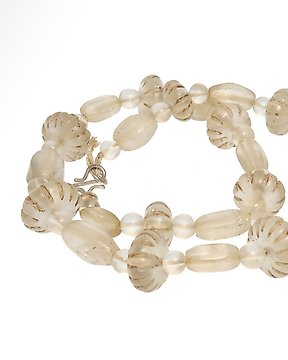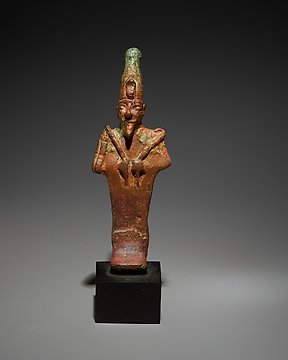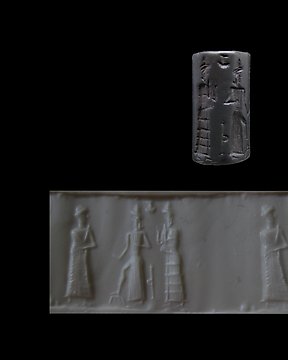
Vechiul vechi babilonian Hematit Garnitura cilindrului
Catawiki își actualizează în permanență tehnologia. Momentan folosiți un browser neactualizat. Pentru a vă optimiza experiența, vă rugăm actualizați browserul.
Vă puteți seta preferințele de cookie-uri folosind comutatoarele de mai jos. Puteți actualiza preferințele, să vă retrageți consimțământul în orice moment, și vizualiza o descriere detaliată a tipurilor de cookie-uri pe care noi sau partenerii noștri le utilizăm în Politica noastră de Cookie-uri.
Nr. 84074709
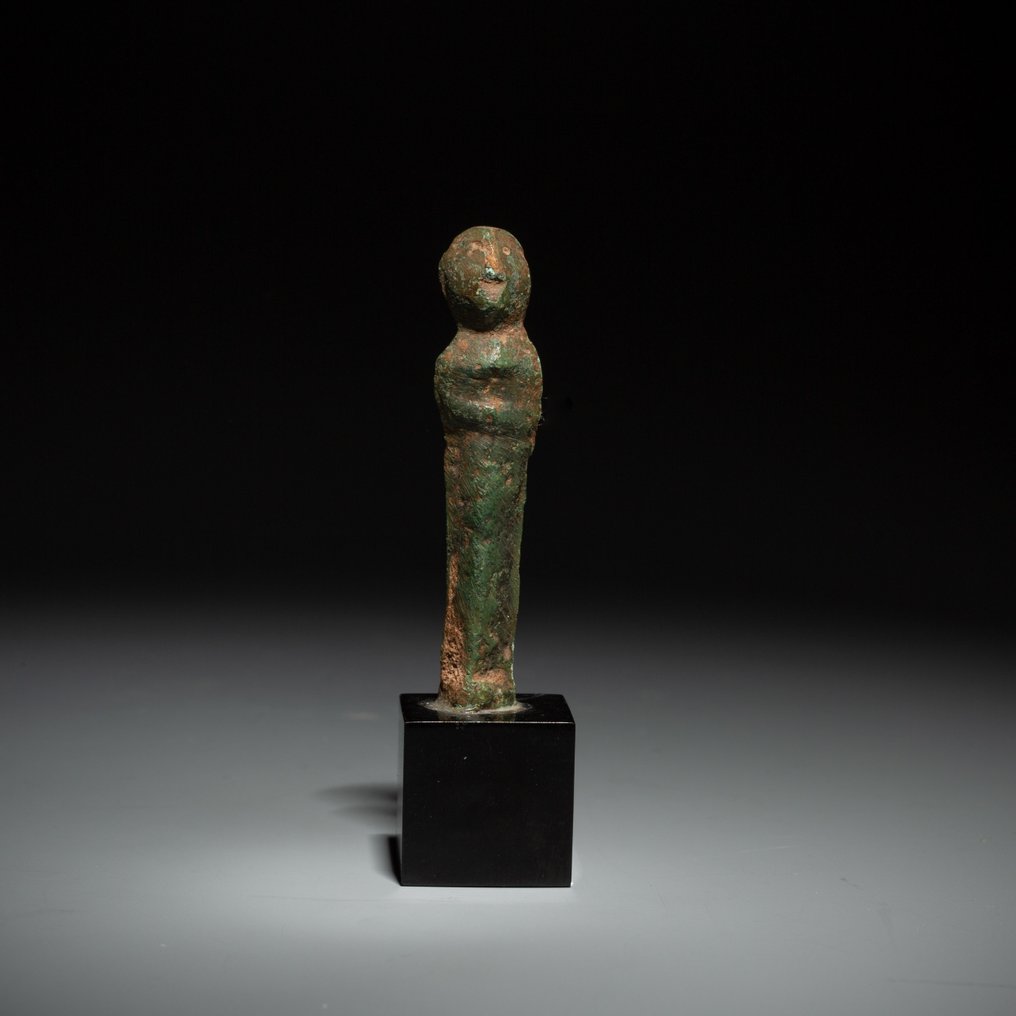

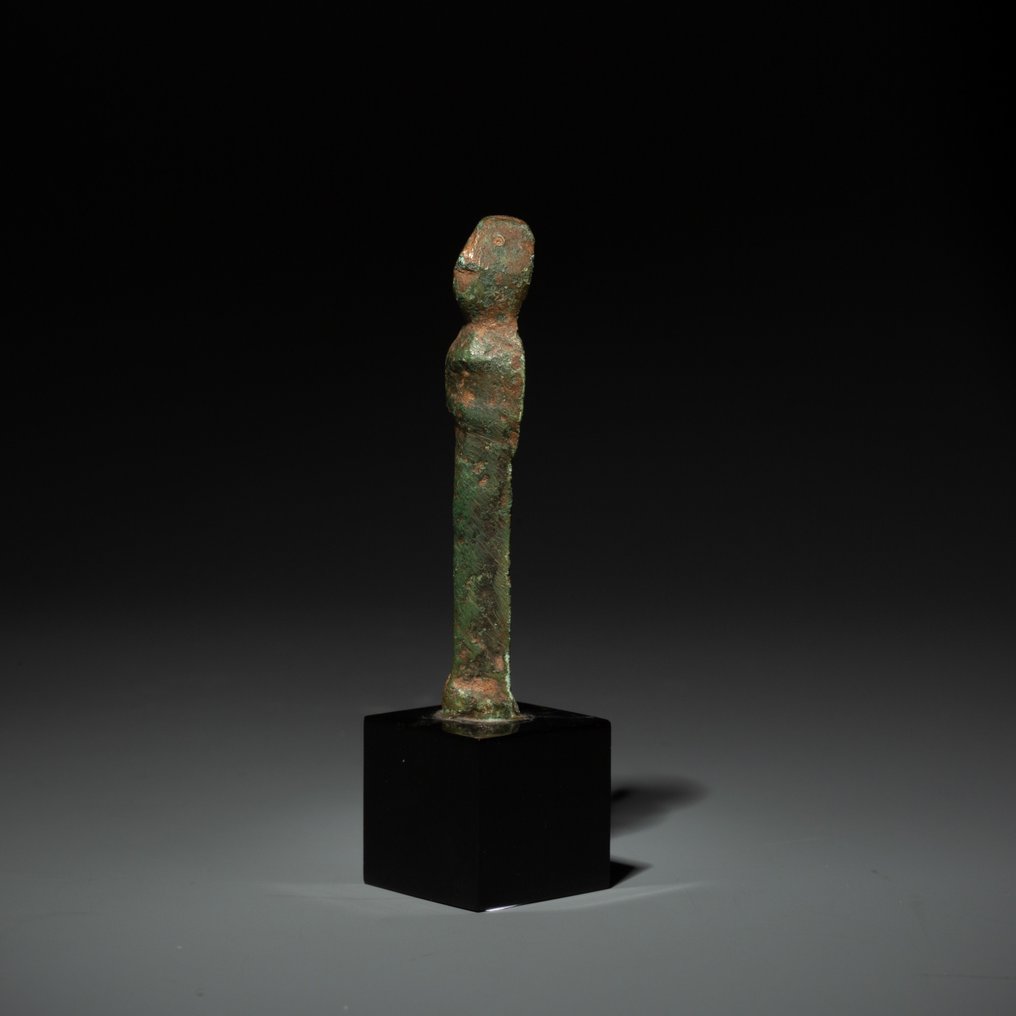
Exvoto
Iberian, 4th - 3rd century BC
Bronze
6 cm height, 8.5 cm with the stand.
PROVENANCE: Private collection of gallery owner Claude Bernard (1929-2022), Paris. Founder of the Claude Bernard gallery in Paris, he has represented as a dealer from Alberto Giacometti to David Hockney, passing through Balthus, Francis Bacon, Lucian Freud and Zoran Music, during the last sixty-five years he has represented the greatest artists of the 20th and 21st centuries.
DOCUMENTS: Including export license from the Ministry of Culture in Spain.
CONDITION: Good condition.
DESCRIPTION:
The Iberians expressed their religiosity through votive offerings in the form of small figures made of stone, bronze or terracotta, elements of "popular art" that were initially considered as representations of gods. As for the metallic votive offerings, they are solid pieces made using the “lost wax” technique, with a size not exceeding 18 cm in height, with some exceptions. They are generally stylized images of male and female offerers in an attitude of prayer, with some exaggerated feature (hands, eyes, sexual organs) and carrying an offering (a roll, fruits, etc.). In the same way, horsemen, horses and body parts are also known, as well as miniatures of attacked knives. Its chronology starts, in general, from the middle of the third century BC.
These pieces were deposited in honor of deities, in exchange for protection, well-being, health and prosperity, being found in Iberian sanctuaries in the south and southeast of the peninsula, highlighting nuclei such as the Despeñaperros environment in Jaén (Collado de los Jardines, Castellar de Santisteban) or La Luz (Verdolay, Murcia), as well as in other parts of Andalusia and Levante. These centers of worship are always located on elevations of the land or in caves, close to important communication routes and water courses, at a certain distance from the population centers, being sometimes authentic community centers of worship of territorial control.
Notes:
- The piece includes authenticity certificate.
- The piece includes Spanish Export License.
- The seller guarantees that he acquired this piece according to all national and international laws related to the ownership of cultural property. Provenance statement seen by Catawiki.
Exvoto
Iberian, 4th - 3rd century BC
Bronze
6 cm height, 8.5 cm with the stand.
PROVENANCE: Private collection of gallery owner Claude Bernard (1929-2022), Paris. Founder of the Claude Bernard gallery in Paris, he has represented as a dealer from Alberto Giacometti to David Hockney, passing through Balthus, Francis Bacon, Lucian Freud and Zoran Music, during the last sixty-five years he has represented the greatest artists of the 20th and 21st centuries.
DOCUMENTS: Including export license from the Ministry of Culture in Spain.
CONDITION: Good condition.
DESCRIPTION:
The Iberians expressed their religiosity through votive offerings in the form of small figures made of stone, bronze or terracotta, elements of "popular art" that were initially considered as representations of gods. As for the metallic votive offerings, they are solid pieces made using the “lost wax” technique, with a size not exceeding 18 cm in height, with some exceptions. They are generally stylized images of male and female offerers in an attitude of prayer, with some exaggerated feature (hands, eyes, sexual organs) and carrying an offering (a roll, fruits, etc.). In the same way, horsemen, horses and body parts are also known, as well as miniatures of attacked knives. Its chronology starts, in general, from the middle of the third century BC.
These pieces were deposited in honor of deities, in exchange for protection, well-being, health and prosperity, being found in Iberian sanctuaries in the south and southeast of the peninsula, highlighting nuclei such as the Despeñaperros environment in Jaén (Collado de los Jardines, Castellar de Santisteban) or La Luz (Verdolay, Murcia), as well as in other parts of Andalusia and Levante. These centers of worship are always located on elevations of the land or in caves, close to important communication routes and water courses, at a certain distance from the population centers, being sometimes authentic community centers of worship of territorial control.
Notes:
- The piece includes authenticity certificate.
- The piece includes Spanish Export License.
- The seller guarantees that he acquired this piece according to all national and international laws related to the ownership of cultural property. Provenance statement seen by Catawiki.







